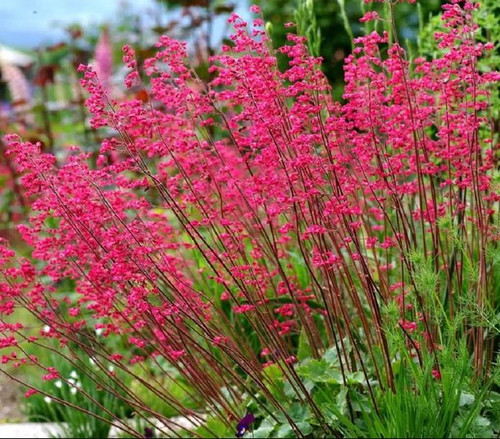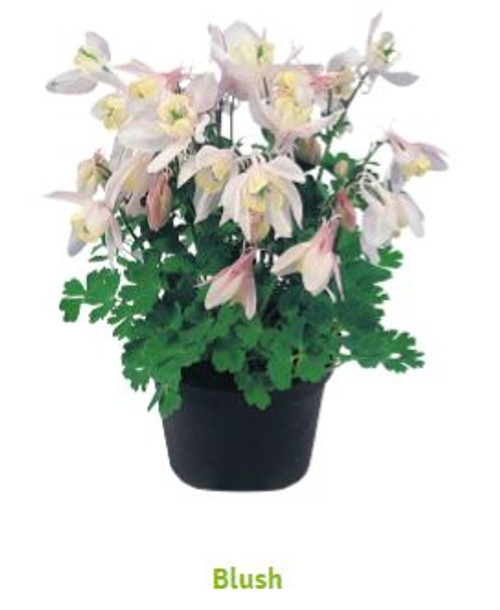Plant Moluccella laevis ‘Pixie Bells’ in your garden for a stunning display of large, bell-shaped blooms. Perfect for cut flowers and dried arrangements, these Bells of Ireland flower seeds are easy to grow. An heirloom plant with showy bell-shaped blooms that provides a long lasting interest in the garden.
Moluccella commonly known as Bells of Ireland, Molucca Balm, Irish Bells or Shell flower are tall, upright, branching annuals or short lived perennials found in fallow fields and on stony slopes from the Mediterranean to N.W. India. Grown for their 2 lipped hooded, bell shaped, small, white fragrant flowers from summer to autumn with unusual green flower spikes. Plants look interesting late in the season when the old spikes become dry and bleached. The colors fade to pale beige when dried.Taller plants may need to be staked in windy areas. Grows well in cool climates and usually reaches 2-3 ft. (61-91cm) in height. Dislikes heat and humidity. Frost hardy. Self seeds. Resistant to most pests and diseases.
USES: Mixed border, Annual border, Dried flower arrangements, Combine with other colorful annuals in the border or cutting bed, Containers
TOLERATES: Deer, Rabbits, Light or dappled shade, Poor soils
Botanical Name: Moluccella laevis ‘Pixie Bells’
Common Name: Bells of Ireland, Shell Flower, Muschelblume
Type: Cool climate Annual
Flower Color: Bears 6-8 fragrant, white to pale purplish pink flowers spikes
Foliage: Pale green leaves to 2 ½ in. (6cm) long
Flowering Time: July to September
Plant Height: 30 in. (75cm). Shorter than the normal Bells of Ireland
Plant Width: 9 in. (23cm)
Light Requirements: Full Sun
Water Requirements: Moist
Soil Requirements: Moderately fertile. Well drained soil
USDA Zone: 9-11
AHS Heat Zone: 9-1
Misc: AGM Award of Garden Merit RHS
Sowing Instructions (Cliff Notes Version): Cold stratify for two weeks in the fridge (not freezer). Sow seeds indoors 8-10 weeks before the last frost at 55-64°F (13-18°C). Needs light to germinate. Barely cover or use vermiculite. Can also be sown on site in late spring. May be slow to germinate.
Click here for Planting Instructions










